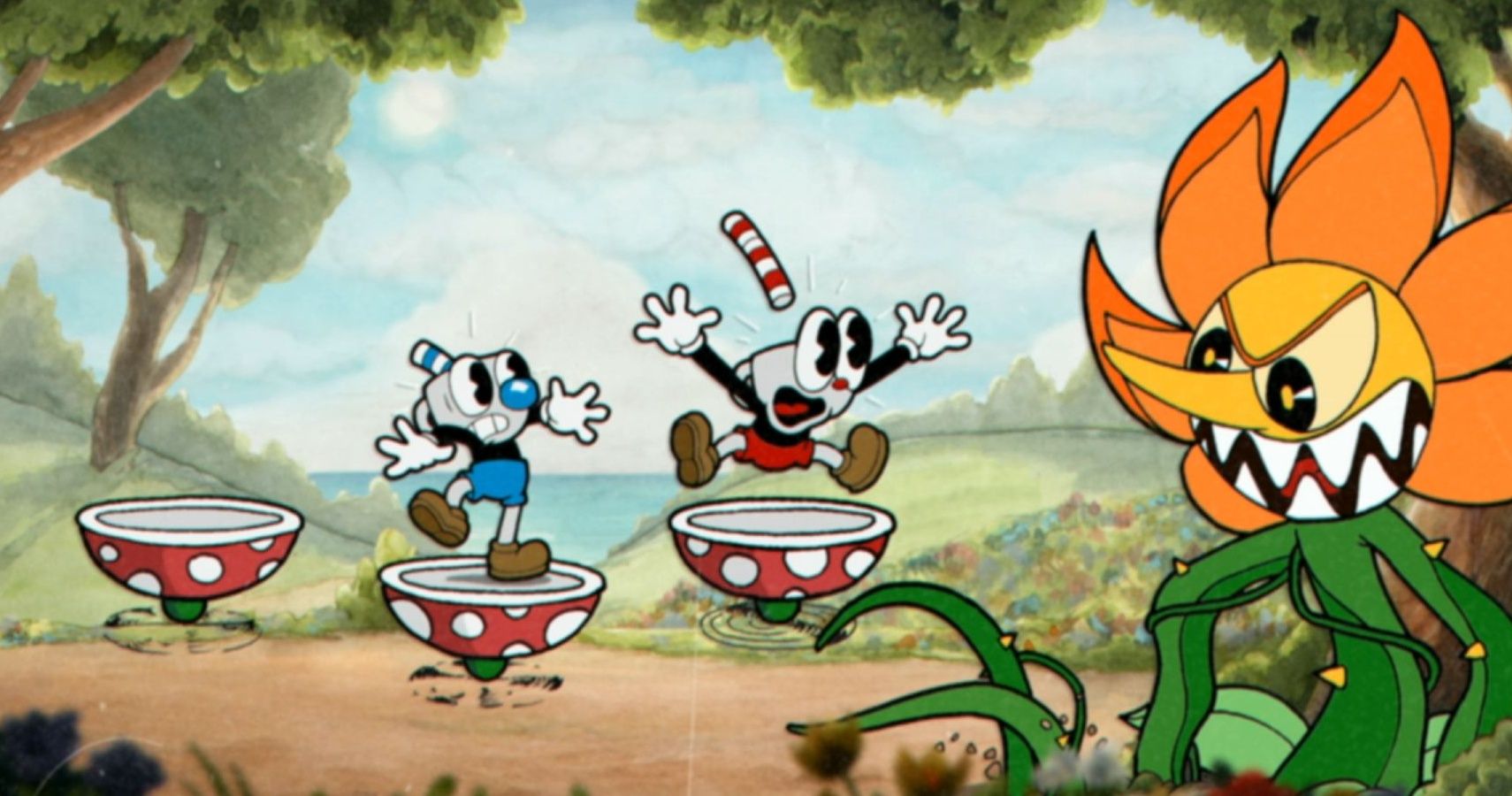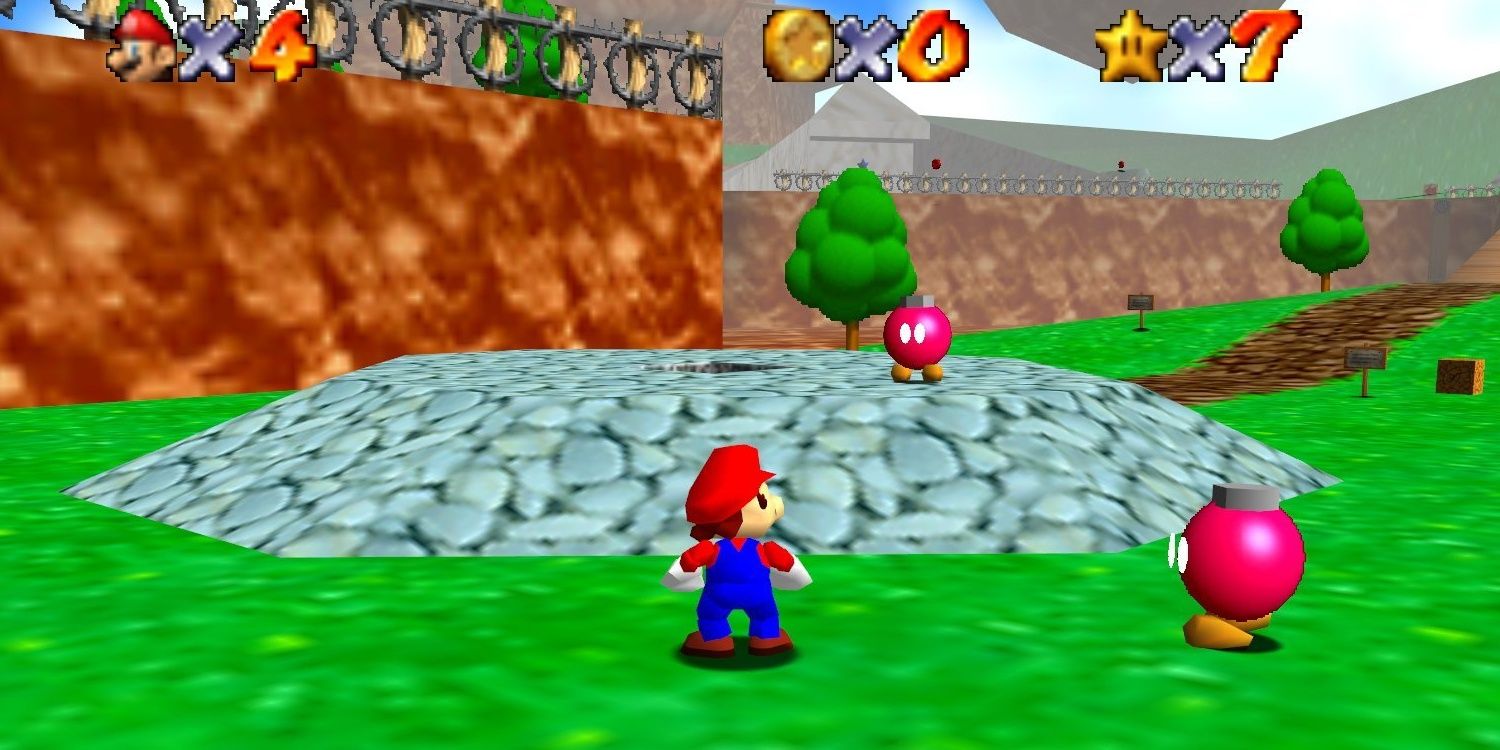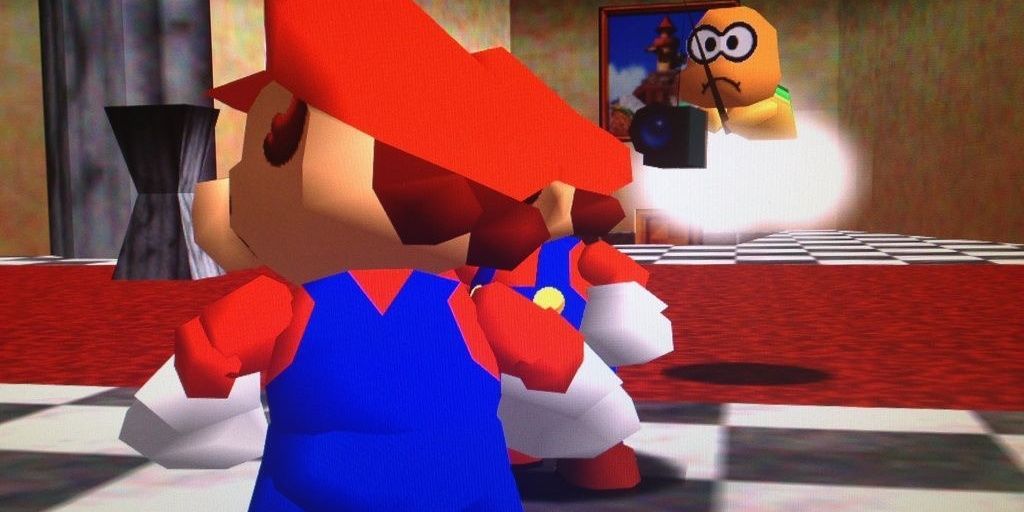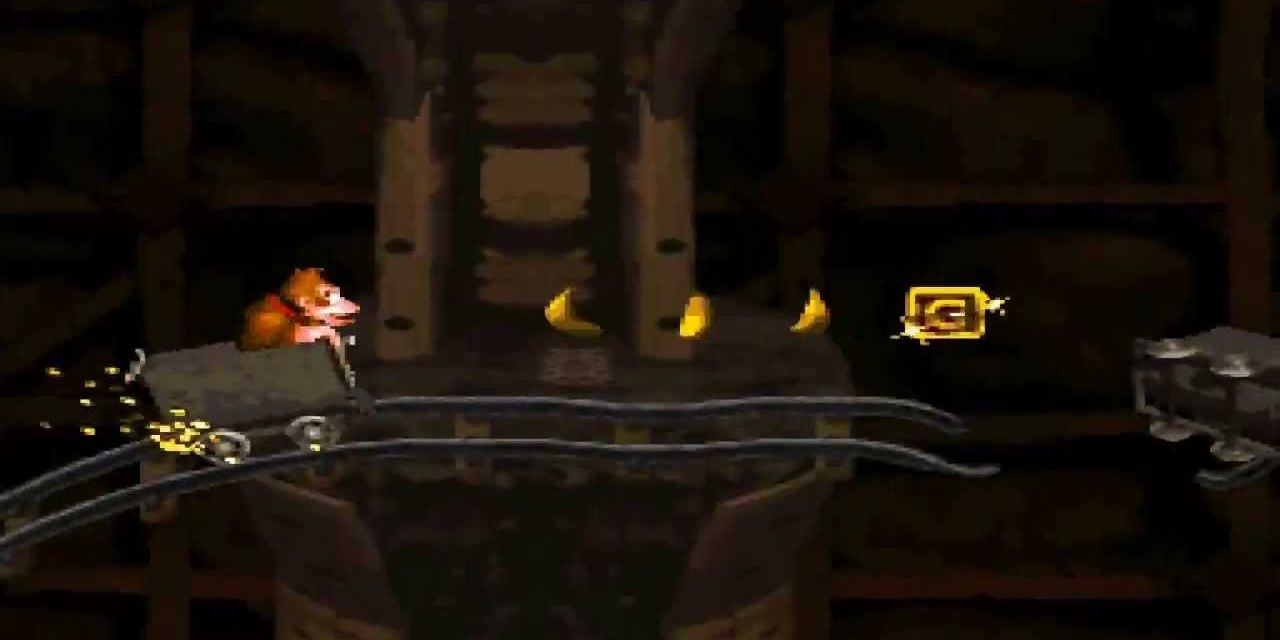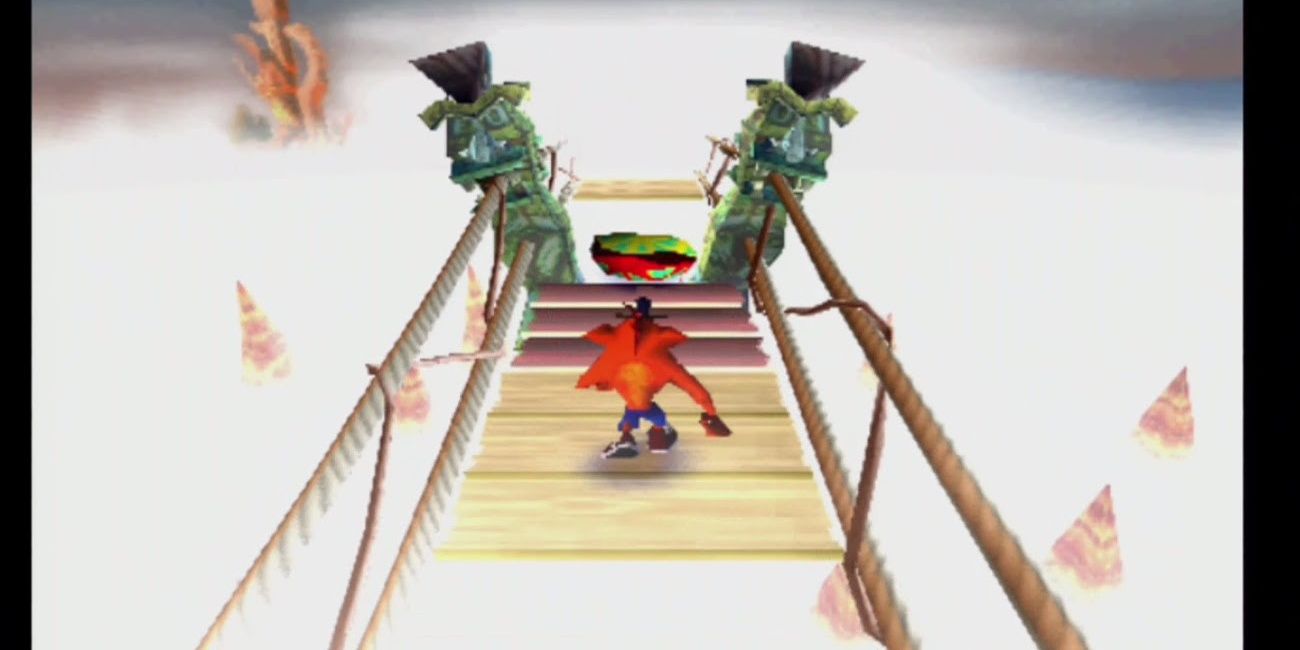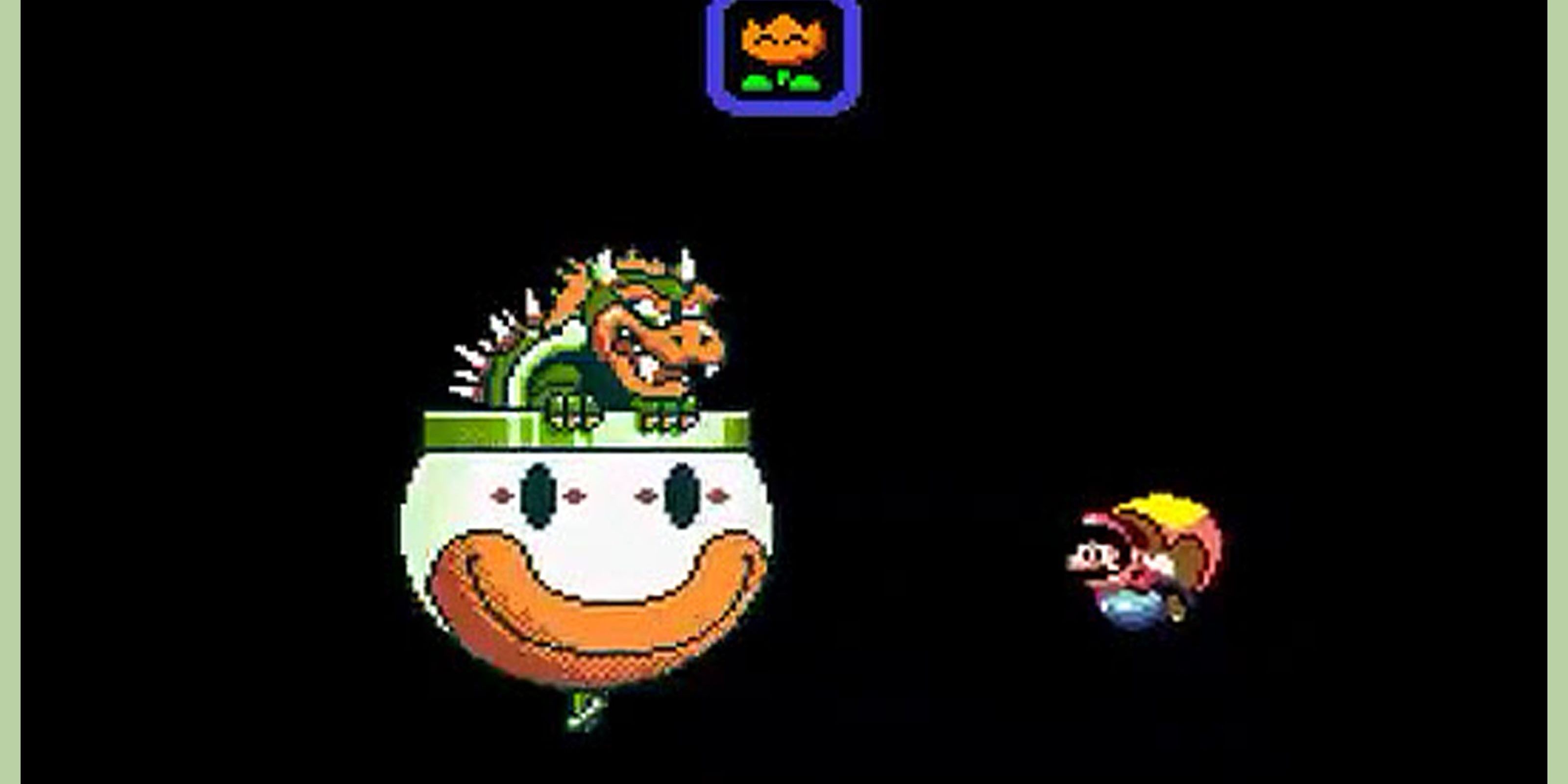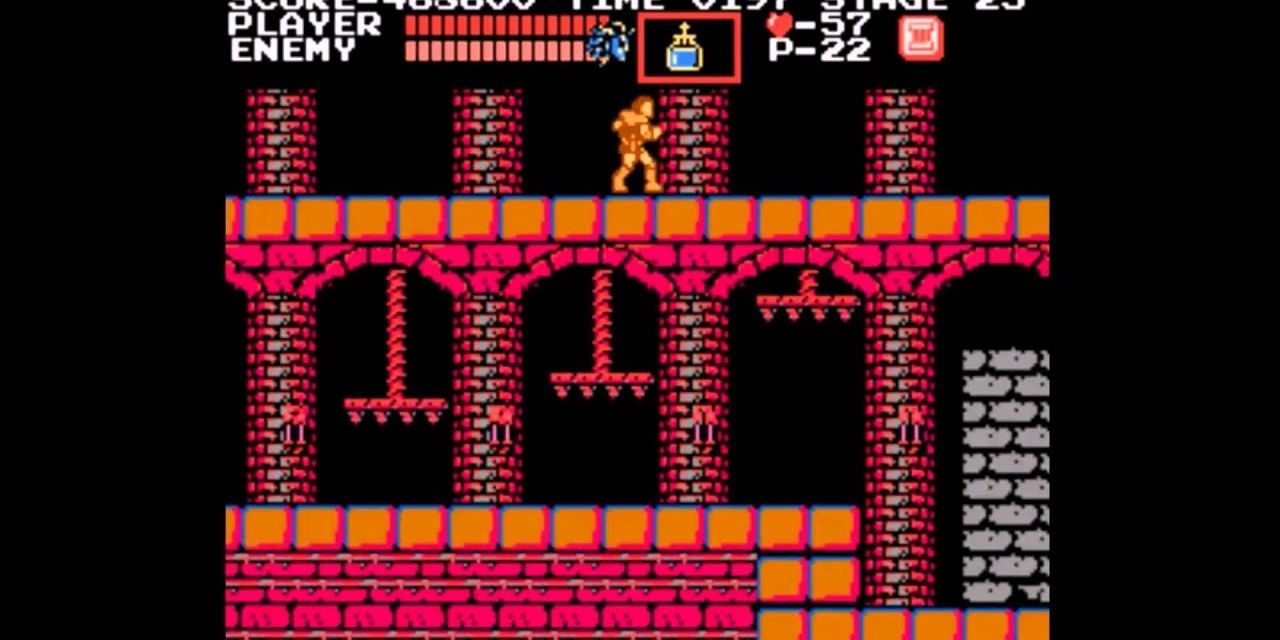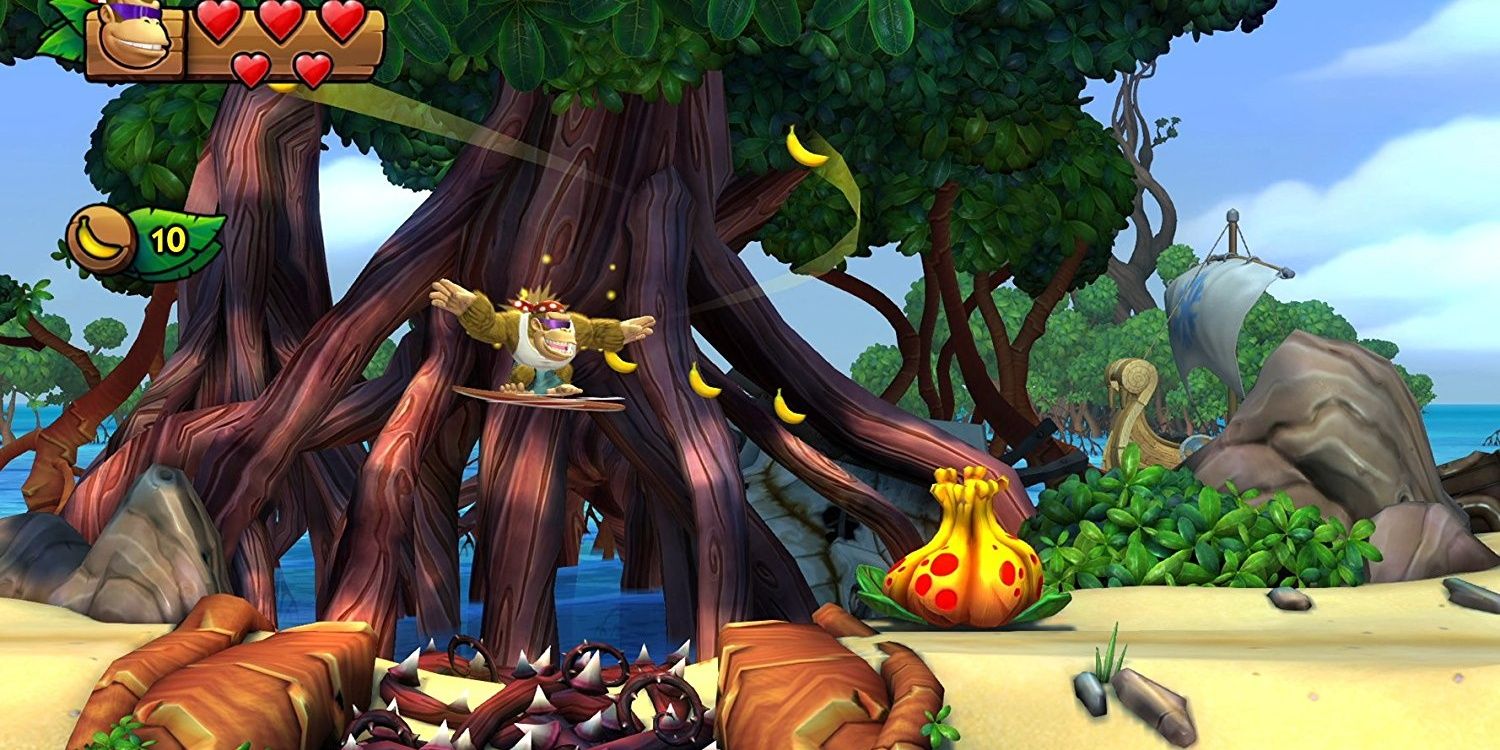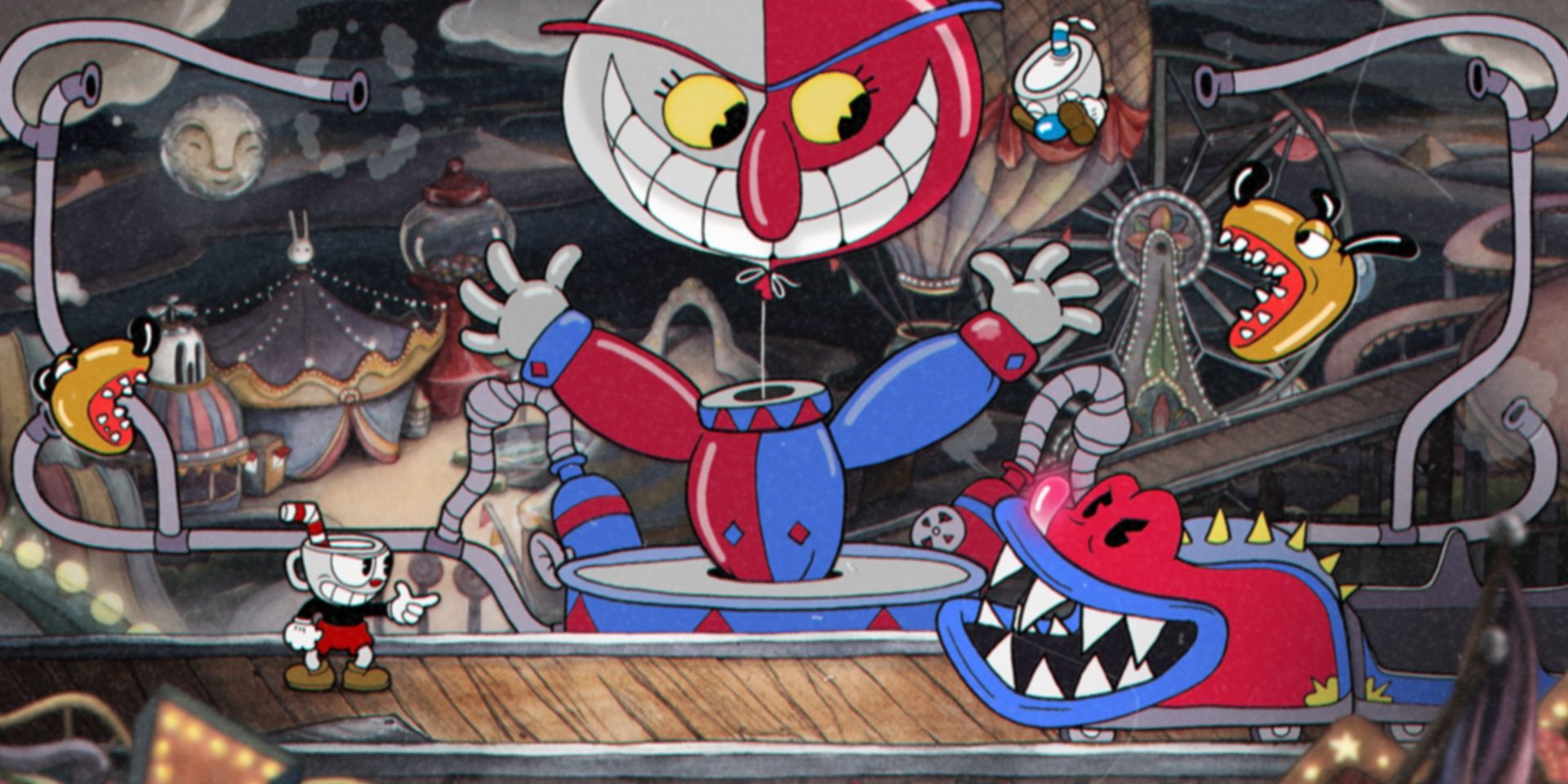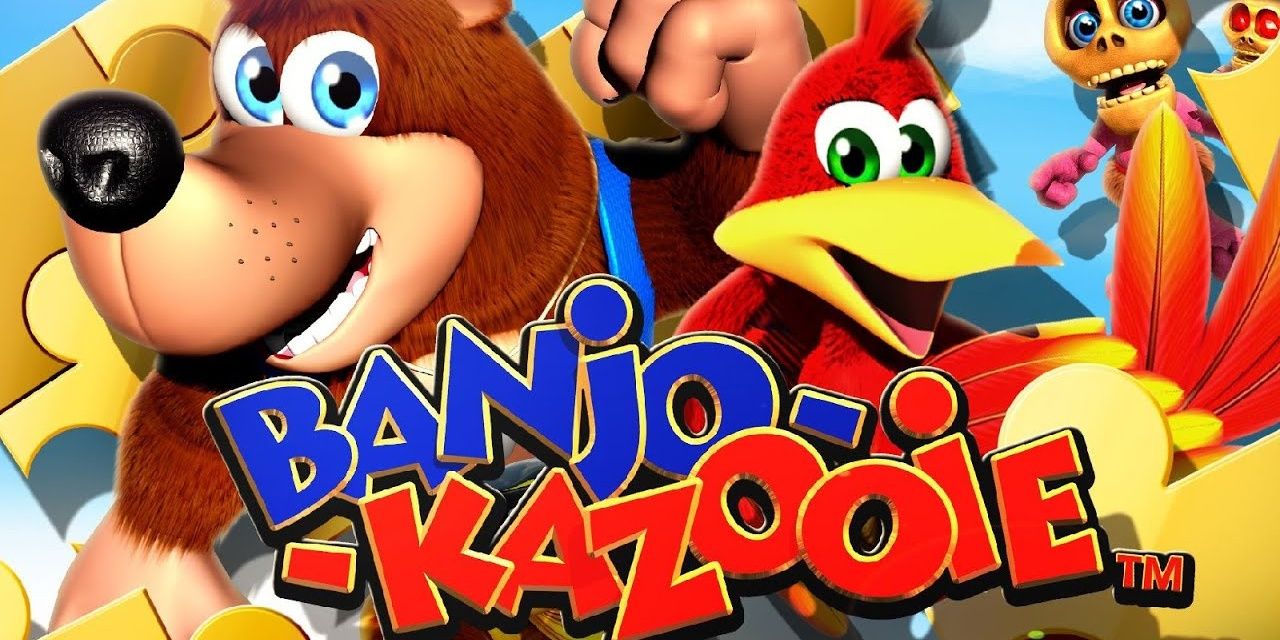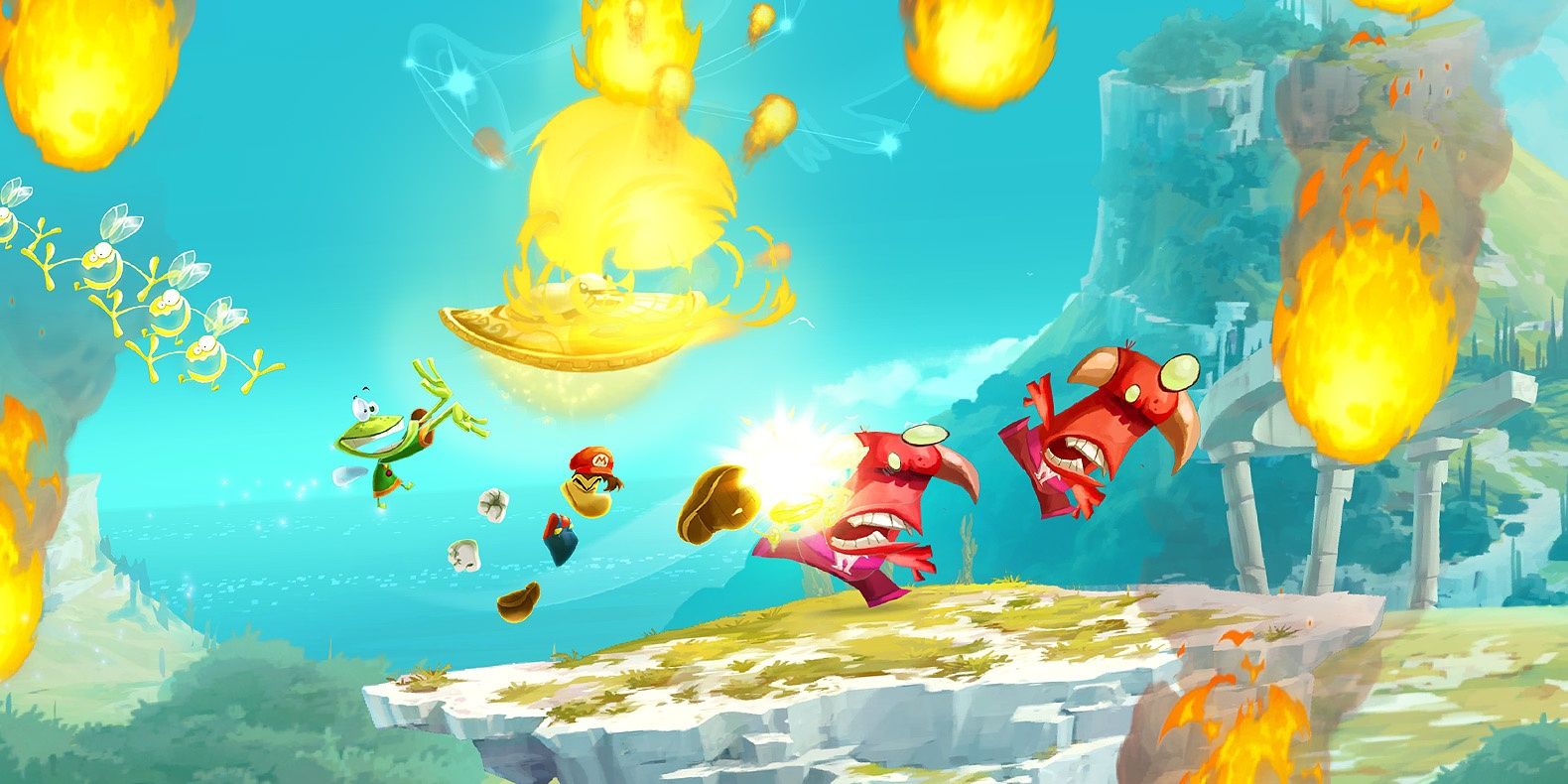Platformers have been one of the most successful and iconic genres in gaming for a long time, since the days of the arcade machine with the release of Donkey Kong and it's sequels and spin-offs (of which Mario is debatably one).
Speaking of Mario, the king of platformers, the series has continued to evolve and change as new consoles have lived and died, introducing constant mechanics that can improve the gameplay, or tamper with the flow of the level. Let's take a second to look at some of the best improvements to platformers we've seen, and some that might not have worked out in the long run.
10 Best: 3D Worlds
During the time of the 8-bit and 16-bit consoles, we were #blessed with a seemingly infinite amount of platformers that seemed to take years to beat once we opened them since usually, our parents wouldn't buy us more games until we'd beaten them. While these were wonderful, there's still the fact that they didn't quite feel like they were infinitely long.
Then, 3D platformers came along for the PS1, Nintendo 64, and the Dreamcast and suddenly the worlds of Crash Bandicoot, Banjo Kazooie, Sonic Adventure and Super Mario 64 opened up for us as wide, polygonal expanses that stretched on forever as long as you were able to find the next star in the painting you'd been working your way through all day.
9 Worst: Uncooperative Cameras
The more unfortunate side of the advent of the 3D platformer was that the camera control mechanisms hadn't quite been figured out yet. You could fly, explore entirely new worlds, and move with the entirety of length, width, and depth, but none of that really mattered if you were completely unable to see the next slat in the bridge you were supposed to be working your way across.
What good is it to be able to look at the ground directly in front of your character but not to be able to see a platform because you have to run towards it first and hope you're standing in the right spot. That's right, giant rolling boulders in Crash Bandicoot. We remember.
8 Best: Rollercoaster/Mine Cart Levels
One of the best things about opening up your copy of Donkey Kong Country, Donkey Kong Country 2, or really a swath of other platformers was that once you'd gotten used to the mechanics of climbing ropes, avoiding enemies and knowing which attacks worked and which didn't, was the mine cart levels. Suddenly you're bringing in the consideration of increased momentum, incredibly precise jumps, and then they have the nerve to make you race? Or add time by hitting the right barrels before you're attacked by a big lizard ghost? Heck yeah. Plus those levels always have great soundtracks.
7 Worst: Platforms That Don't Register The Player
We can hear ourselves in our past shouting "What? I totally made that jump!" as this is being written. If you've also screamed this before, you most likely made that jump too, at least in some cases (it can't always be the game, sorry). Sometimes what happens is that the hit-box for lack of a more specific term inside of the platform, the scripted object inside the art that your character sprite interacts with that is, isn't lined up with what you're seeing. This was a notable fix for the Crash Bandicoot remaster that they (mostly) fixed.
6 Best: Flying Enemies When Used Correctly
Flying enemies can be legitimately fun, especially when a level designer knows how to use them right. They can be a tool to make a level more difficult or to reward the player for being more inquisitive than the average person.
Sometimes a flying enemy can be jumped on to lead you to a reward of some kind, like a secret level, an extra life, or something more specific to the game. Some games use this tool really effectively, and it's legitimately fun when they do.
5 Worst: Knockback
When they don't use flying enemies well, we get one of the most frustrating phenomenons in all of gaming. Sometimes when a character gets hit in a platformer, they're given a small period of invulnerability to recover. Sometimes when they get hit, they're thrown backward head-first into a bottomless pit. Yes. We're looking at you, more or less every entry in the Castlevania franchise. We love you too, but maybe try not doing that? No one wants to have to play frame-perfect because of a dumb mechanic.
4 Best: Health Bars
While some people may disagree, health bars are a legitimately good addition to platformers. Whether we're talking about the earlier entries in Castlevania, the more recent Donkey Kong games, or recent Metroidvania style game Bloodstained: Ritual Of The Night, a health bar can really open up the possibilities when it comes to game design and deepen the experience of playing. You can do more things with one life, provide the player with more power-ups and items to collect, and they don't get way annoyed when they have to start the level over after 1 or 2 hits.
3 Worst: "Sink Or Swim" Level Design
One of the things they teach you about level design if you go to take an introductory course in it is that you want to gradually introduce game mechanics, rather than just throwing your player into the hardest version of a mechanic they've never seen before. A frequent example of this kind of thing is the first level in Super Mario Bros. There are a few blocks that the player kind of just knows to jump underneath once they play with the controls and see that that's their main ability, and there's also your first enemy, a Goomba, slowly creeping by. By the time you figure out "Red mushroom good, brown mushroom bad", it's pretty unlikely you've lost a life.
2 Best: The Collect-a-thon
There are people who love, and people who hate collect-a-thons. While the argument is understandable on both sides, there's absolutely nothing wrong with not liking them, you're wrong if you don't. It's one of the most satisfying feelings ever to see your HUD pop up in Jak And Daxter and see that you don't have anything left to grab in that area. On the flip-side, the pure embarrassment and defeat that manifests at the end of a Crash level when you realized you only missed a single crate is unparalleled.
1 Worst: "Hey, Check Out Our Gimmick!"
There are swaths upon swathes of indie platformers coming out these days, and some of them are legitimately well-done, well-crafted games complete with interesting art and aesthetics which is awesome. But for each of those, we have clones of classic 2D platformers that throw in a single big mechanical quirk and then rely on that quirk to sell their game for them, rather than generating hype by creating an actually good game.

